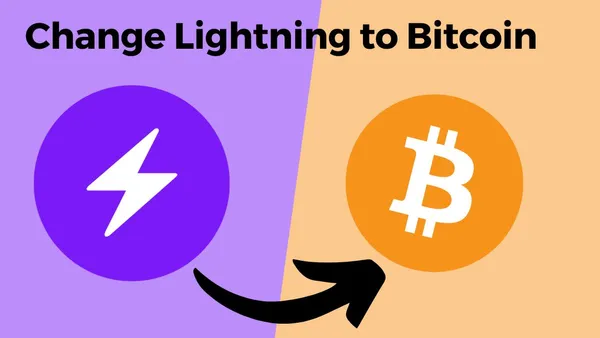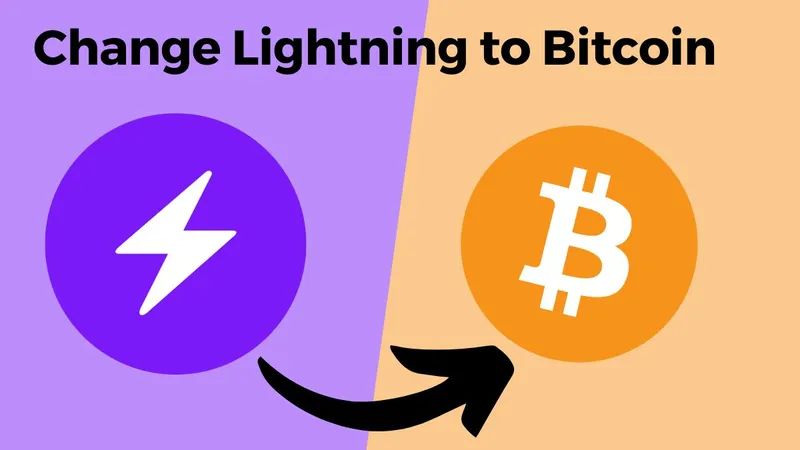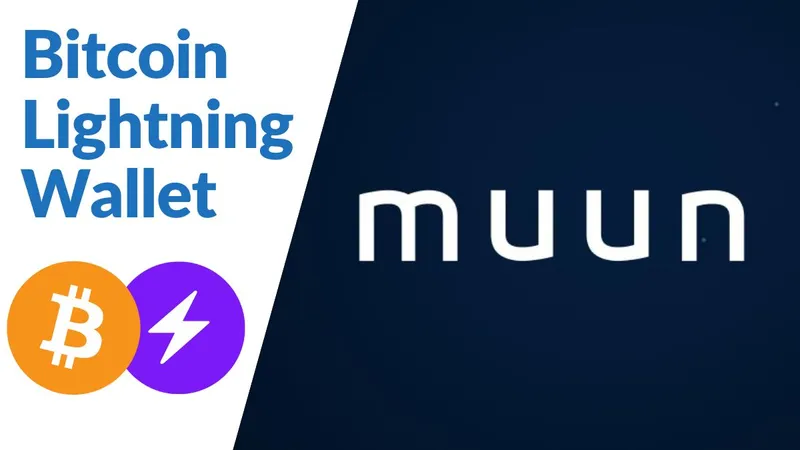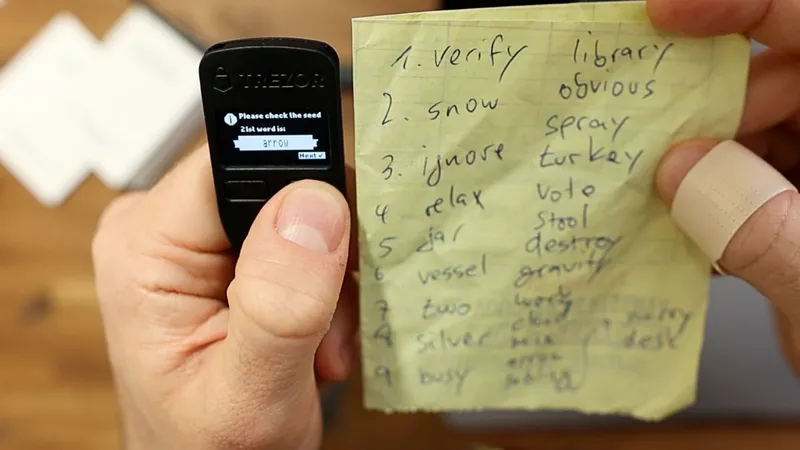The Bitcoin Lightning Network has many advantages, including near-instantaneous confirmation of transactions and scalability that is, at least in theory, several million transactions per second. because the Lightning Network is a second-layer technology, its transactions are not immediately finalized on the Bitcoin blockchain. Instead, an extra step is required to receive Bitcoin as on-chain transactions.
In this article, we will cover how to exchange Lightning to Bitcoin and in what ways you can do it.
Closing the channel
So-called payment channels are set up in the Lightning Network. They enable payments to be sent and received. Only when such a channel is closed can a transaction be finalized on-chain. Some mobile Lightning wallets, such as Phoenix, offer an extra option that makes it possible to switch Lightning to Bitcoin. For this purpose, all channels are closed and the BTC is sent directly to a predefined address.
When it comes to closing channels, there are a few rules to follow. For example, you can close a channel without the consent of the other party. Additionally there are also transaction fees in the network after the channel is closed. After that, the transmitted Satoshi On-Chain will be transferred to your own wallet.
Because many Lightning transactions are only worth a few cents or dollars, it is advisable to pay very close attention to whether it is worth closing. After all, you bear the risk that the amount will be eaten up by the subsequent transaction fee. In addition, after closing a channel and using Lightning again, you have to pay fees for opening a new channel again.
Changing via exchanges
There are a number of exchanges that function similarly to a digital currency exchange. Here you send a specific cryptocurrency to the exchange and in return you get another cryptocurrency exchanged for your own wallet. In this way, you can also change Lightning to Bitcoin, because these are two different networks.
You can visit exchanges such as Boltz for this. While it sounds a bit counterintuitive, on such an exchange you can trade Bitcoin (Lightning) for Bitcoin (on-chain). To do this, you go to the provider’s website and initiate a transaction in which you send Bitcoin to the exchange using the Lightning network and, in return, receive Bitcoin as on-chain transactions on your wallet.
This method has the advantages that end up being essential lower fees incurred because the providers bundle their own on-chain transactions. Nevertheless, one should note that here too, exchange rates and transaction fees as well as stock exchange fees can sometimes result in considerable losses.
In addition, going to the stock exchange is the only way for you to be able to change Lightning to Bitcoin if you are using a so-called custodial wallet. Because some of these wallets do not have the option to close the payment channel and finalize the transactions on-chain.
Which exchanges can you use?
- Kraken: On Kraken you can easily create an invoice and deposit Bitcoin into the exchange via the Lightning Network. After a successful transaction, the BTC are available and can be sold on the market. On Kraken, a minimum of 1000 satoshi must be deposited per transaction. The exchange accepts 1 BTC per transaction with the Lightning Network as the maximum amount for a deposit.
- Sideshift: This is one of the digital exchange offices mentioned on the Internet. After entering the page, select the Bitcoin Lightning Network as the exchange currency. Bitcoin is set as the target currency using conventional on-chain transactions. Sideshift also accepts a maximum of 1 BTC per transaction. The minimum amount is 0.0008 BTC but much higher than with Kraken.
- Boltz: This is also a currency exchange or a non-custodial exchange. However, the limits are much tighter, as customers can exchange a maximum of 0.1 BTC and must trade a minimum of 0.0005 BTC if they want to convert Lightning to Bitcoin.
- Fixed Float: Fixed Float works the same way, except that the minimum fee here is 0.00005035 BTC and the highest turnover is 0.179991 BTC for one exchange.
- ZigZag: ZigZag also has a very similar functionality and allows direct exchange between Lightning and Bitcoin on its website. The minimum turnover is 0.0003 BTC and the maximum is 0.02137338 BTC. So ZigZag sets the narrowest framework compared to the other providers.
Pay with Lightning
With the options mentioned, being able to change Lightning to Bitcoin, there is inevitably a financial loss. Either you lose BTC through the fees of the exchange or through the costs of the network. The third way does not require you to keep your bitcoins, but at least the fees are much friendlier. Besides, you use the Lightning Network for the purpose it originally was intended for: for payments.
There is an almost unbelievable number of online shops on the Internet that accept Lightning transactions. So instead of worrying about whether and how to get your BTC on-chain, you can stay right in the Lightning cosmos.
Probably the most famous in Germany Online store is ShopinBit. Now with a new office in Poland, business owner Lawrence Bahr enables payment with Bitcoin, Bitcoin Lightning and Monero. If customers decide to pay with cryptocurrencies, they even get a generous discount on their order. Interested parties do not have to do without products, but can Concierge Service from ShopinBit to create any goods to order and to pay directly with crypto.
If you don’t like that, you can browse Coinmap or your Lightning Wallet for other acceptance points. In addition to online trading, more and more restaurants, pubs, and service providers are also accepting Bitcoin payments with the Lightning Network.
Conclusion to switch to Lightning in Bitcoin
Changing Lightning to Bitcoin is relatively easy. However, one cannot avoid at least a minimal loss. Either you pay the fees for closing the channel or you put the fees for using a bureau de change or exchange on the table. Although the fees when paying with Lightning remain extremely low, in the end, you get rid of your BTC completely in exchange for goods and services.
Because Lightning is designed for fast and direct payments, the last option is the logical choice. Still, you can have good reasons for wanting to bring an amount from the Lightning Network back to your on-chain wallet. Taking into account the exchange fees, and the minimum and maximum amounts, a swap via a service provider still seems to be the silver bullet.
In any case, closing a channel is subject to a hidden fee, because next time you have to open and pay for a new channel with your Lightning Wallet.
Switch Lightning to Bitcoin FAQ
How long does it take to convert Lightning to Bitcoin?
This depends on various factors, including network conditions and the wallets chosen. Whether you are closing a payment channel or doing a swap on an exchange, the on-chain transaction will take significantly more time compared to a Lightning transaction.
What are the fees for transactions on the Lightning Network?
Fees are approximately 1000x lower than direct transactions on the Bitcoin blockchain, costing around 3000 satoshi on average.
Lightning Network transaction fees vary by wallet and network conditions.
How secure are the non-custodial exchanges?
Non-custodial is a bit misleading because you first send your coins to the exchange and then wait for the change without checking the coins. Most providers operate in accordance with the existing laws and regulations in their respective domicile.
In addition, most have support if problems arise. However, there is no guarantee that problems with such a provider can be ruled out.












